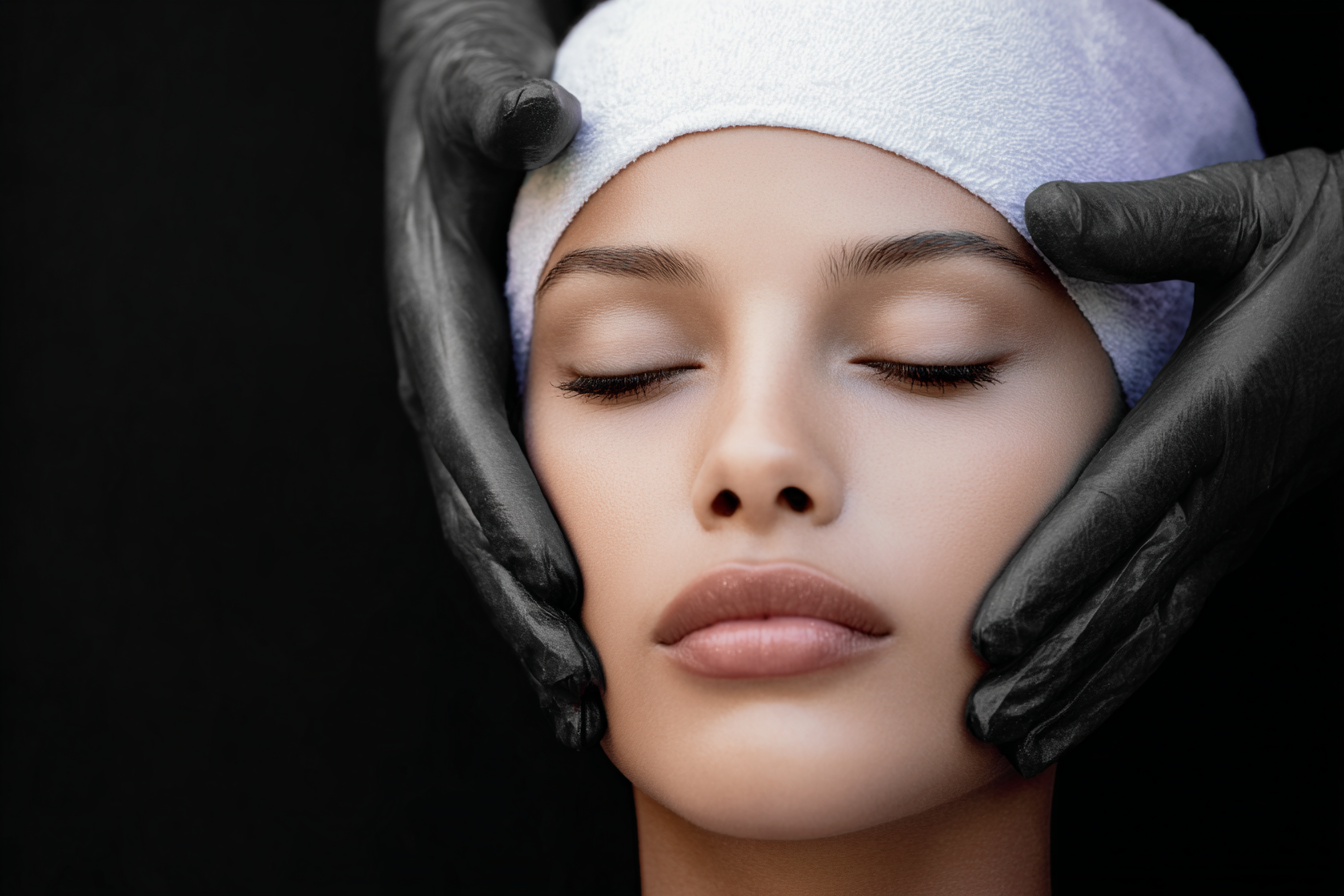The Treatments That Work 25 Years On
With over two decades of experience, our columnist, Katie Hughes-Dawkins is a highly respected figure in the aesthetic industry, known for her technical expertise and strategic leadership. From her beginnings as a dental nurse and aesthetic practitioner, running a chain of skin clinics, to becoming a dynamic sales leader, Katie has consistently driven business growth and elevated brand profiles on a global scale. Leveraging her extensive industry knowledge and global connections, she helps brands and clinics achieve remarkable success. A sought-after industry contributor, Katie brings her deep understanding of skin health, clinic operations, and the latest aesthetic industry trends to the forefront.
After twenty-five years in aesthetics, I’ve watched treatments flare, trend and quietly disappear. A few have endured. They deliver consistent results, supported by clinic data as much as by word of mouth, and they remain the options I recommend when patients want the best route to visible change.
Neuromodulators: Still the Reference Point
Let’s start with the obvious. Neuromodulators remain one of the most reliable interventions in practice. When dosing and placement are right, outcomes are predictable and prevention of static lines is excellent. In skilled hands, they do more than smooth; they soften expression and can create a subtle lift.
Technique, however, is non-negotiable. I do not see meaningful benefit in injecting the nose for a “lift”, and I would only endorse treatment from someone who knows facial anatomy inside out and brings an artistic eye to balance. Over-caution rarely produces standout results; precision, confidence and aesthetic judgement do.
Laser Hair Removal: The Benchmark Endures
Laser hair removal has earned its place as a long-term solution. Q-switched Alexandrite and Nd:YAG systems remain my recommendations: Alexandrite for skin types I to III/IV, Nd:YAG for IV and above. I had treatment more than a decade ago and the result has lasted. That kind of durability is telling. Not all platforms are equal; diodes and IPLs do not match these systems for permanent reduction and long-term outcomes.
CO₂ Laser: The Heavy Lifter in Resurfacing
For resurfacing, scar revision, wrinkles, pigmentation irregularities and texture, CO₂ sits at the top. It is one of the fastest and most effective ways to create visible change. Downtime is a reality, and suitability is limited in darker skin types, but efficacy is clear.
There are two main approaches. Fully ablative CO₂ achieves the most dramatic results with a longer recovery. Fractional CO₂ treats columns of skin while sparing surrounding tissue, which shortens downtime. “Cool laser” concepts are emerging and may offer gentler options, though I have not yet tested them personally. CO₂ remains a proven benchmark in advanced rejuvenation.
Dermal Fillers: Powerful, But Choose With Care
Filler is more complex. In the right patient, delivered by a highly skilled injector, it can restore volume, refine shape and rejuvenate in ways nothing else can. The caveat is that true excellence with filler is uncommon. Being trained, ethical and safe is essential, but it is not the whole story. Outstanding filler work demands an aesthetic sensibility, restraint, confidence and a deep understanding of facial harmony.
Facials and Peels: The Essential Base Layer
Facials, resurfacing peels, microneedling and targeted brightening protocols are the foundation of skin health. Think of them as maintenance, the skin’s MOT. Advanced procedures perform best on a well-kept canvas, and that requires individualised planning. Aesthetician skill matters. One-size-fits-all protocols do not. The best practitioners read the skin, understand condition nuance and treat with intention.
Home Care: Where Progress Is Cemented
Clinic time is only part of the journey. Results depend on what happens at home. The commitment is shared. As with fitness, you can train hard with a coach, but your daily habits decide the outcome. Cosmeceutical or medical-grade skincare with therapeutic doses of actives is essential to support and extend in-clinic results.
Practitioner Selection: The Decisive Variable
Even the most proven treatment will underperform in the wrong hands. Seek practitioners with recognised qualifications and an ongoing commitment to education and training. This field does not reward shortcuts. Passion, precision and professionalism show up in the results.
A quarter century on, these are the treatments I continue to stand behind. They are not passing trends. They are methods that prove themselves in clinic and in everyday life. Technology will evolve, but the constants remain: sound science, skilled delivery and a partnership approach to care. Those are the pillars of lasting, meaningful results.








